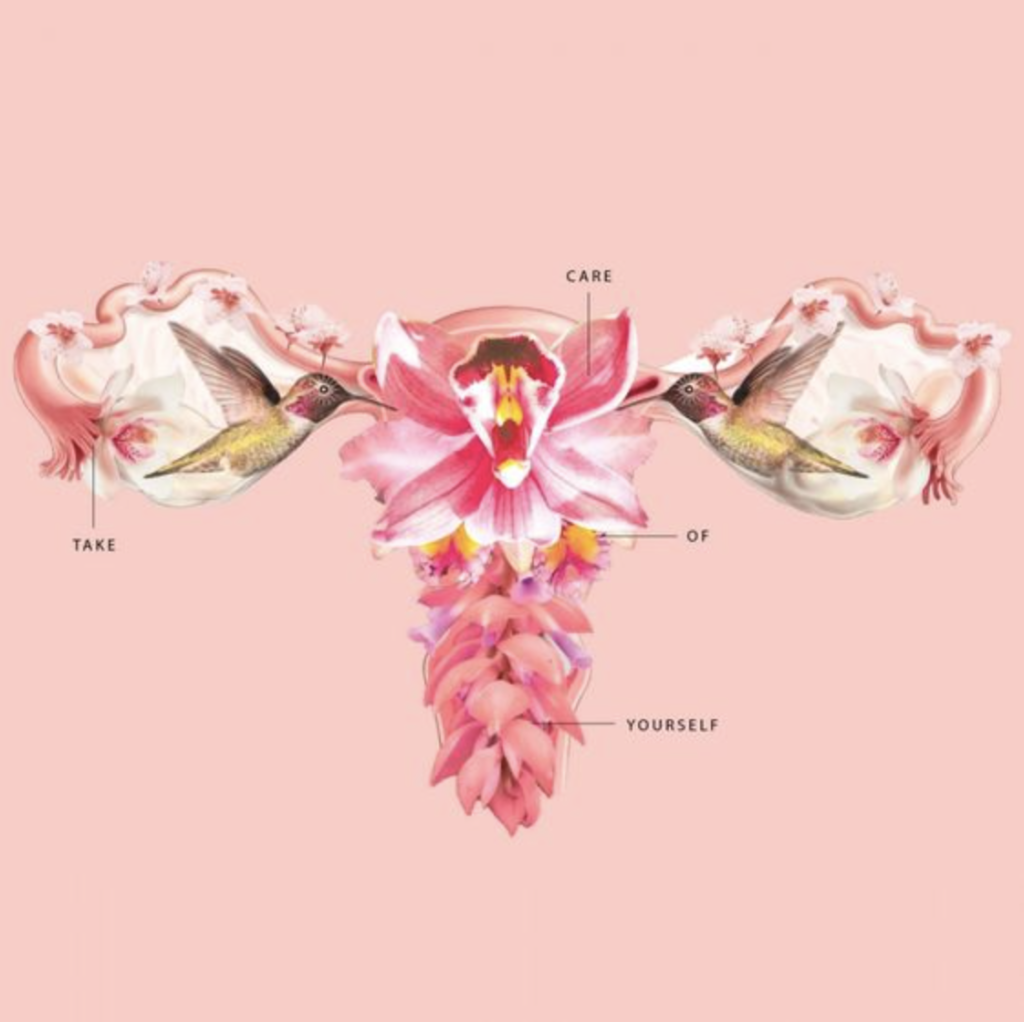In the words of Maya Angelou, “When women take care of their health, they become their best friend”. When we give ourselves the same care and attention we give to others, we are able to come into our full expression. I send you this to remind you that your health is just as important as everyone else’s.
If we’ve never met before, my name is Claire Hosking and I am passionate about women’s health. I have been practising as a Naturopath and teaching yoga around the Surf Coast and Geelong for the past 5 years, and have recently joined the amazing team at Claridge Naturopathics.

Recently I was fortunate to watch the annual International Integria Health Care Symposium live on Zoom. It focused on Health of the Heroine: Advanced Women’s and Reproductive Clinical Care. I had the privilege to learn from leading experts in herbal medicine, naturopathy and neuroscience, and I would like to share some of their wisdom with you.
Professor Kerry Bone – The Heart of the Matter: Women and Cardiovascular Disease, an Emerging Epidemic
We commonly associate cardiovascular disease (CVD) with men, however, it is also a leading cause of death in women. Despite this, CVD in women is poorly researched. This is a problem because women present with CVD in a very different way to men. For instance, women will report milder symptoms when having a heart attack such as sudden onset of weakness, shortness of breath, fatigue, mild discomfort in back, chest, arm, neck or jaw. Upon further investigation, they have less coronary artery damage and less ischemia (restriction in blood supply to tissues).
Then what is going on you may ask? It is believed that women may be suffering from Coronary Microvascular Dysfunction (CMD). This is where the walls of the tiny coronary artery blood vessels that branch off from the larger coronary arteries are damaged. This is very different to the picture in men, who seem to have more damage in the larger coronary arteries.
So now we know that our focus must be on microcirculation if we are to best prevent CVD in women. Given that food is medicine, I wanted to share some of the key dietary support available for microcirculation. The key to success lies in the regular consumption of green leafy vegetables, beetroot, berries (especially, blueberries, strawberries and blackberries), fresh crushed garlic and all herbs and spices.
Moira Bradfield – The Female Genitourinary Microbiome: Unravelling Underlying Systemic Influences
Moira reminded us how important it is to talk about vaginal health! Yes, I know it’s our discrete area, however, we need to get comfortable with the V word. One of the reasons I felt the need to discuss this topic is to normalise it. The more we bring it out in the open, the more easily we can address any issues related to it. Key to this discussion is your MICROBIOME. You may be familiar with your gut microbiome, but did you also know that your skin, respiratory, urinary system and you guessed it – your vagina all have unique microbiomes.
The vaginal microbiome changes throughout a woman’s life. With the advent of hormones, sexual intercourse, pregnancy and menopause a different microbiome is formed. If these changes maintain a good balance then we should be able to handle what life throws at us.
When we start to find that things are a “little funky” down there it is a sure sign of imbalance. Thankfully we now have some great female-specific probiotics that we can use to address such a shift. Furthermore, we can consolidate and add diversity to our intervention via a colourful non-processed wholefood diet and by the addition of fermented foods.
Angela Hywood – New Insights into Endometriosis: Clinical Applications
Did you know that Endometriosis affects 830,000 Australian women at some point in their lives, costing our public health system $9.7 billion a year. Endometriosis is an oestrogen mediated inflammatory disease, characterized by the presence of endometrial cells outside the uterus. However, it is not limited to the pelvic region, with lesions potentially being found in the ovaries, retrovaginal septum and bowels.
Two very interesting areas in the evolving research involve bacterial contamination and exposure to environmental toxins.
Angela explained that bacterial contamination of the endometrium can play a powerful role in the initiation of local inflammation. Exposure to environmental toxins, in particular dioxins, may also contribute to the development of Endometriosis. Although levels of dioxin are still technically low in non-organic tampons and pads, it’s the accumulative exposure that we are creating every month, 12 times a year for 35-40 years of our life that creates the impact. Therefore, we should be aware of the brands of sanitary products we are buying. Remember, organic is always best. Furthermore, it is so important that you change your tampon or sanitary pad every 4-6 hours.
Navigating our health can be complex, and I know we all have our own unique challenges. I am grateful every day that I have the privilege of supporting women through their health journeys. If you would like further assistance and direction in regards to your health, please do not hesitate to contact me!
